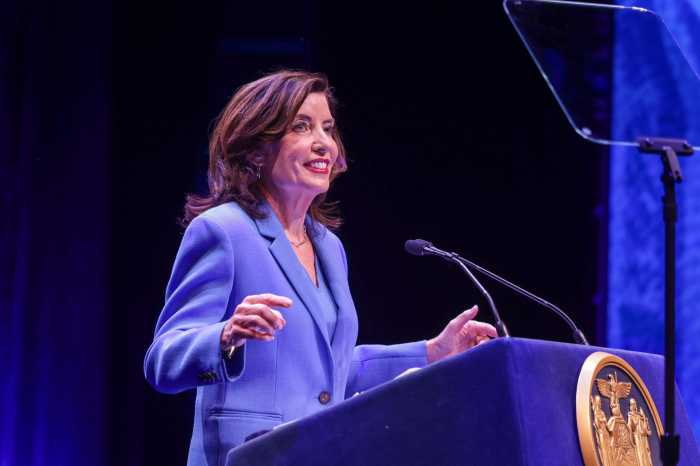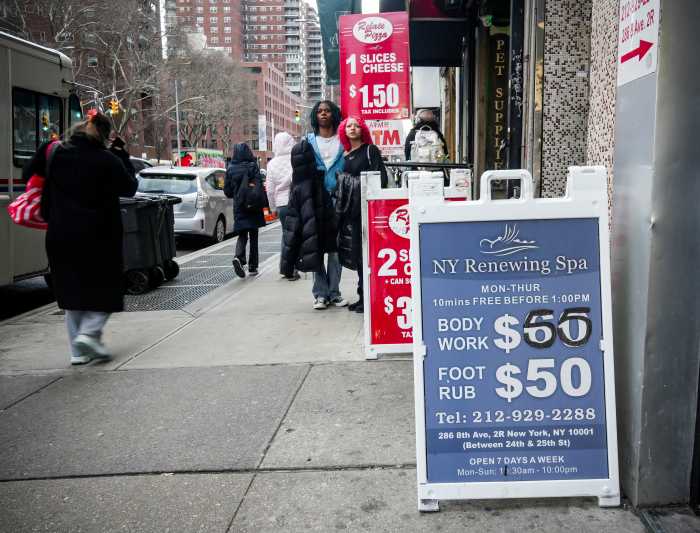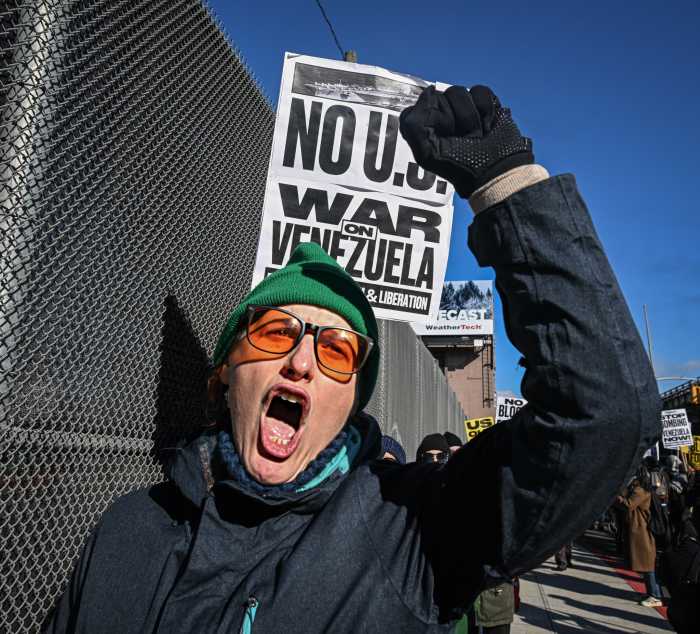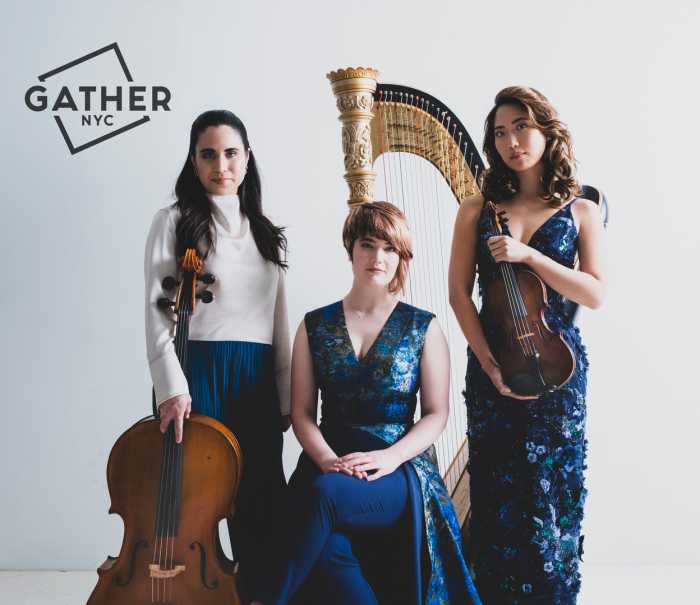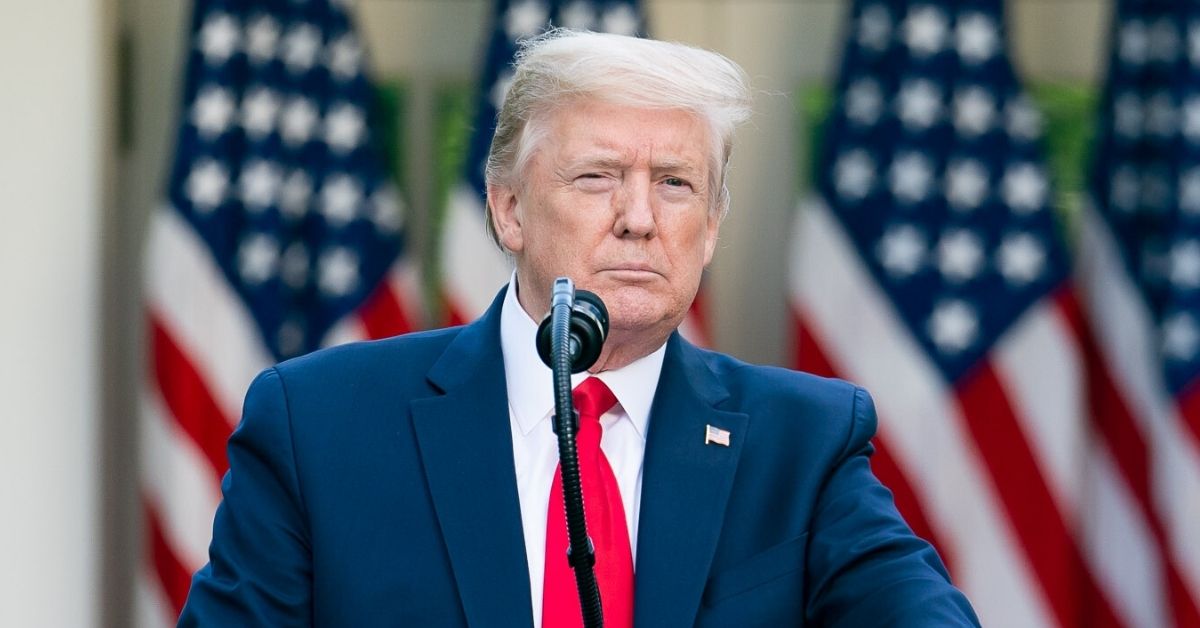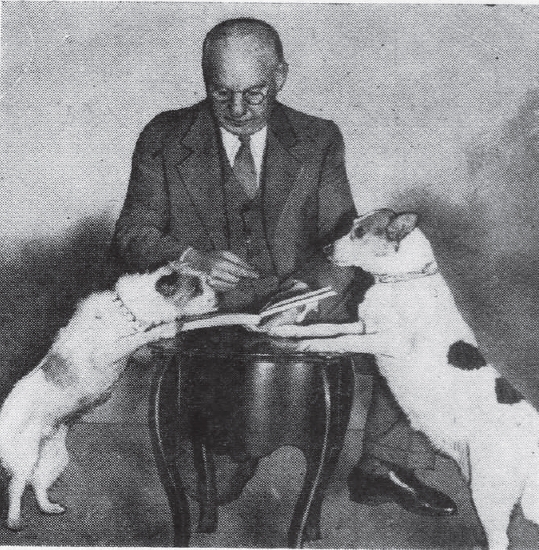From the Boogie Down Bronx to the blaring three-chord progressions of the underground punk scene, NYC’s eclectic nightlife industry is what garnered its reputation as the city that never sleeps. With the recent appointment of Ariel Palitz as the city’s first “nightlife mayor,” her office has the opportunity to preserve the vibrancy of NYC’s underground culture.
While the city’s nightlife boasts an array of bars and clubs, a more vulnerable part of that community needs Palitz as an ally — the do-it-yourself scene, artists who perform and organize in small underground venues. An astounding 20 percent of the city’s small venues closed in the past 15 years, according to city figures.
Mayor Bill de Blasio created the Office of Nightlife in September, and Palitz is to function as a liaison among the nightlife industry, City Hall and communities.
Although DIY spaces represent only 4 percent of audience capacity in NYC, they have provided a platform for famous names like the Ramones, Patti Smith and Kurtis Blow. The spaces also provide stages for artists who are not typically covered by mainstream media. Shows like Punx of Color or Punk Island allow marginalized New Yorkers, including women, people of color and the LGBTQ members, to perform and hone their craft.
With the abolishment of the Prohibition-era Cabaret Law that banned dancing at most city nightspots without a license, now is a good time to strengthen the underground arts and music scene with resources to get these venues up to code. Just this week, Silent Barn in Bushwick said it would close on April 30 because of financial strains.
Palitz is no stranger to the nightlife industry. She ran the Flat, where Ashton Kutcher and Demi Moore used to meet, and Sutra, known for Toca Tuesday, an old-school hip-hop party headed by D.J. Tony Touch.
With the help of the office’s $300,000 budget, Palitz plans a listening tour to help bridge divides between the nightlife industry and local residents over noise pollution and other issues. These venues should also have a seat at the table.
DIY spaces are where the big artists are born. Without them, a diverse nightlife scene will be something that young generations can only dream of.
Kristine Villanueva is a recent graduate of the CUNY Graduate School of Journalism, where her reporting focused on the underground music scene in the NYC area.



